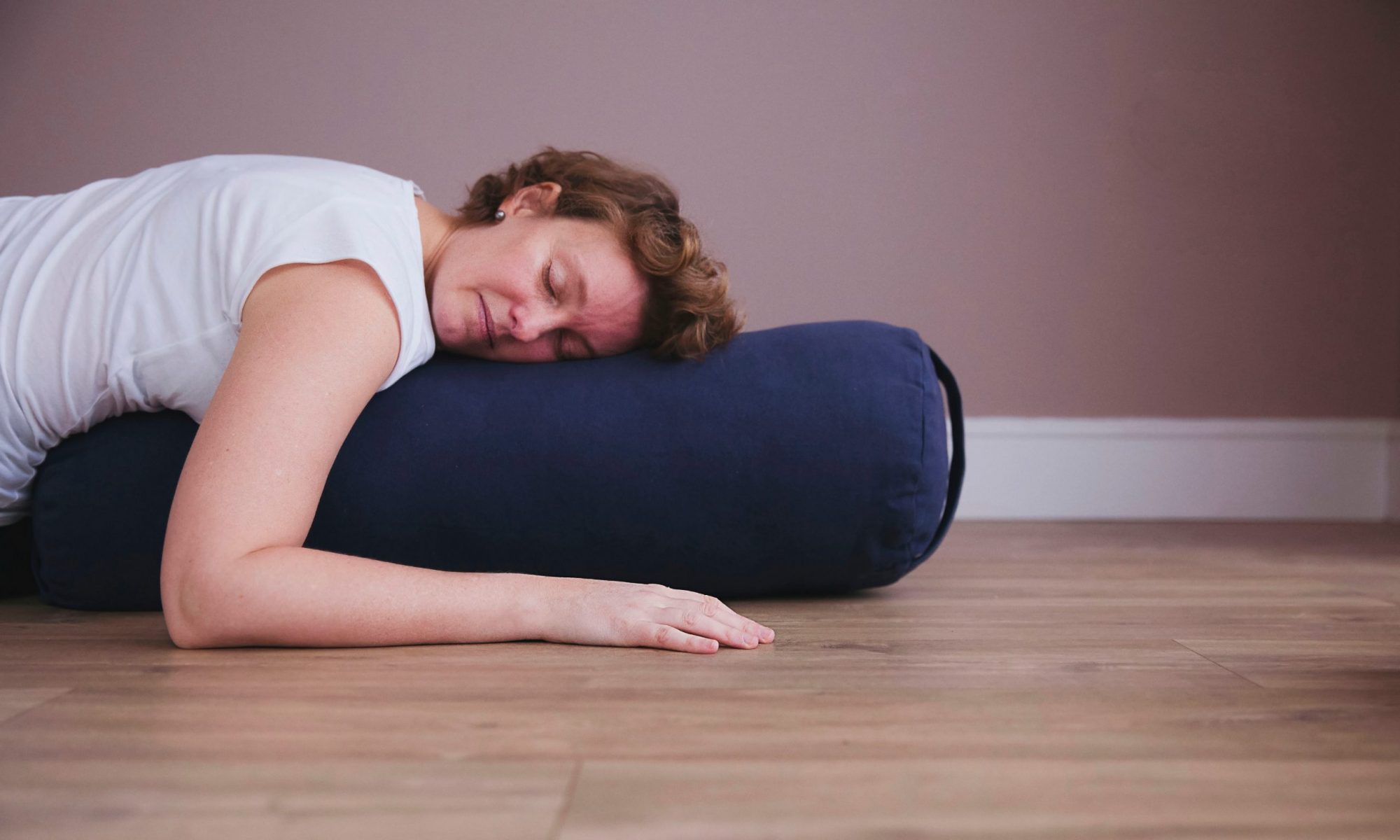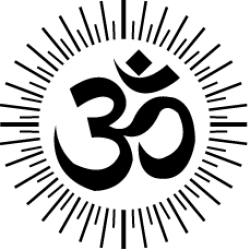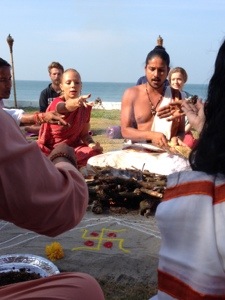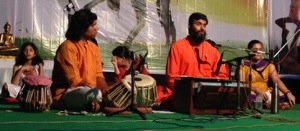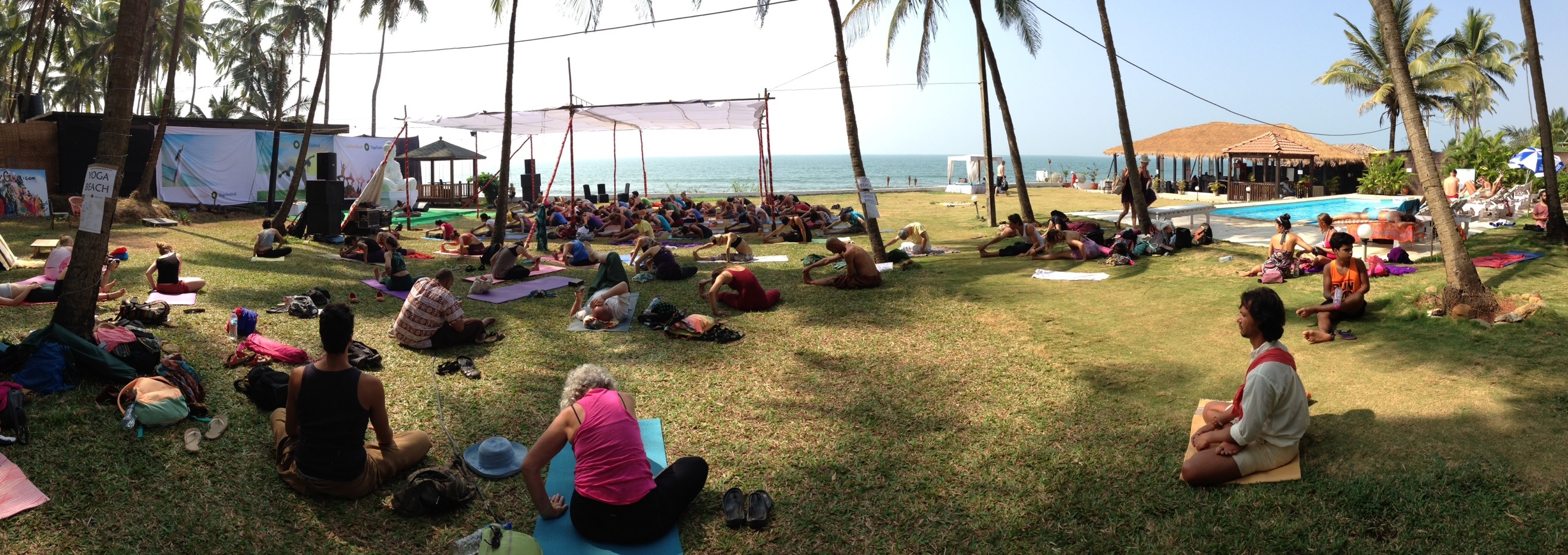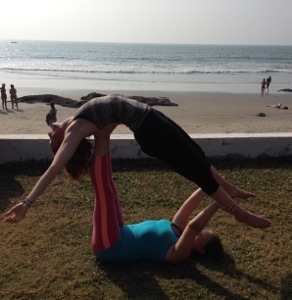There’s this Sivananda chant that one thing and another has led me to think about this last week or so. It’s called Song of Will and contains these lines:
I am that I am, I am that I am
I am neither body nor mind, Immortal Self I am
I am not this body, this body is not mine
I am not this mind, this mind is not mine
I am not this prana, this prana is not mine
I am not these senses, these senses are not mine
I am not this intellect…
I am not these emotions… and so on.
But what on earth is it all about? Surely I am this body. Surely I am my senses. It’s all me, right? Wrong!
I was at one of Norman Blair’s yin workshops last weekend and he was talking about ‘WMB Syndrome’ where WMB stands for ‘Want Madonna’s Body’. I’m pretty sure he’d made it up. Some people may practice yoga asana with this as their goal but it’s not just about that.
It’s about learning to relax, to let go and actually detach from the body, the mind and the senses i.e. all these aspects of ourselves that are actually just our ego. This concept of ‘I’ and ‘my’ is totally false. It’s our ego talking.
When I was in Goa recently at the Indian Shanti Yoga Festival, I listened to a talk about yoga ‘vedanta’ or philosophy. The teacher said how we wrongly identify with the ego but actually we can detach to discover the ‘Self’.
By practicing yoga – in any of its forms: bhakti, jnana and so on – we’re working to reduce the ego and uncover our true nature.
We say, “I am this” or “I am that” but how do you know that you’re sad/happy/tired etc? How do you know that food is hot? Because your mind is telling you. But you’re not your mind.
Our mind naturally always looks outward and it’s always searching for fulfilment, happiness, whatever you choose to call it. But real spiritual life and happiness is within. Clichéd I know. We mistake our thoughts and emotions for being ‘us’. But we are actually unchanging and this is the ‘Self’ or ‘atman’ of Vedanta.
I’ve always found this quite a hard concept to get my head around and I most definitely don’t have all the answers. I’m still learning all this stuff.
However, I watched this TED talk with Jill Bolte Taylor the other day (another gem of Norman’s) and she helps to explain it. She’s not a yogi or a guru by any means. She’s a neuroanatomist (I think that means she’s a brain scientist) who suffered a stroke and witnessed this divide of Self and ego. It’s amazing and well worth watching. Enjoy…
